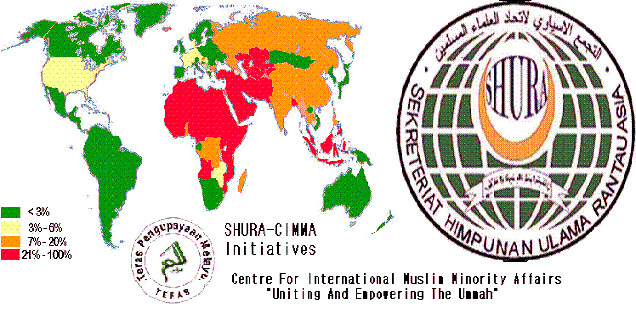Associated Press Writers Ibrahim Barzak And Alfred De Montesquiou,
Associated Press Writers – Sun Jan 18, 3:19 pm ET

AP – Palestinians inspect the rubble of buildings in the eastern
area of Jebaliya after Israeli troops withdrew …
JEBALIYA REFUGEE CAMP, Gaza Strip – For Palestinians searching the rubble of this devastated refugee camp, the mounds of concrete and metal hid all they desperately wanted and needed: the bodies of dead relatives, belongings and — bitterly — scraps of bombs now valuable enough to sell as recycled aluminum.
Destruction was everywhere on Sunday, in churned up farmland, dangling electricity poles, charred bodies of cars abandoned on pulverized roads, and broken pipes overflowing with sewage. The stench of rotting corpses, both human and animal, hung in the air.
For three weeks, Israeli airstrikes targeted Hamas militants who have been firing missiles at Israel for the last eight years, smashing much of Gaza's already shabby infrastructure and turning neighborhoods into battle zones.
The fragile cease-fire and first troops withdrawals on Sunday allowed families and medics to intensify the search for bodies — with more than 100 dead recovered Sunday, according to Palestinian health officials. The number of Palestinian dead now stood at more than 1,250, half of those civilians. Thirteen Israelis were killed in the fighting.
For two weeks, ground combat kept residents of Jebaliya like Zayed Hadar from their homes. On Sunday, Hadar searched through his family home with most of his 10 children. The three-story building had been flattened.
"We've pulled out my nephew, but I don't know how many are still under there," Hadar said, as several Israeli tanks rolled in the distance.
A mosque nearby lay entirely flattened save for a lone minaret that loomed over the dusty concrete.
In the same area, Palestinian boys, both cynically and desperately, mined for shards of aluminum from the missiles that had killed so many. "This big bit can bring back 1 shekel" or 25 cents, said Youssouf Dardoum, holding out a large chunk of twisted missile case.
Meanwhile, neighbors frantically dug through mounds of dirt to free a bleating sheep, trapped among duck carcasses.
Hamas policemen also emerged for the first time since fighting began in their dark blue uniforms, directing traffic. Others prevented looting, at one point firing volleys into their air as Jebaliya residents tried to lynch a youth accused of stealing belongings in a ruined house that wasn't his.
In the northwest Gaza Strip farming community of Atatra, where ground fighting raged between Israeli troops and Palestinian militants, medics wearing white face masks to block the stench pulled five bodies from a smashed house, including a woman in a long blue robe, then the leg of a child.
"We don't know if they are human or animal, it's a shame! By God, we are human!" said a medic who gave his name only as Ahmad, pushing down the cloth covering his face. "We need specialized emergency teams, we are digging with our hands."
Khadija Radi, 83, watched as her great-grandchildren to picked through the remains of her damaged home. She sat on a pile of concrete, holding prayer beads, her walking stick beside her.
"These are the only things left from my belongings," she said, pointing to a pillow and a slipper. Her daughter Sadia salvaged dusty mattresses and loaded them onto a donkey cart.
Like many other residents from damaged zones, Sadia Radi said her extended family of 27 would sleep at a relative's home until they could find money to repair their own. Britain on Sunday announced it was tripling its aid to Gaza, with an additional 20 million pounds, or about $29 million, going toward rebuilding damaged homes and helping the injured.
The cease-fire remained shaky as drones buzzed overhead Sunday. Hamas militants fired 16 rockets before their Gaza leaders announced their own cease-fire. Plumes of smoke from an Israeli missile also rose over Gaza City's outskirts in the afternoon, and Israeli snipers blocked access through the Strip's main north-south road.
Around 50,000 Gazans sought refuge in U.N. compounds and schools converted into shelters throughout Israel's military operation. It is not clear how many of them remain homeless.
In an initial indication of damage, Gaza municipal officials said a first count showed some 20,000 residential and government buildings were severely damaged and another 4,000 destroyed.
Some 50 of the U.N.'s 220 schools, clinics and warehouses were battered in shelling and crossfire.
_____
Omar Sinan reported from Rafah, Egypt, Ben Hubbard reported from Sderot, Israel, and Diaa Hadid and Ian Deitch from Jerusalem.
_____
Omar Sinan reported from Rafah, Egypt, Ben Hubbard reported from Sderot, Israel, and Diaa Hadid and Ian Deitch from Jerusalem.

No comments:
Post a Comment